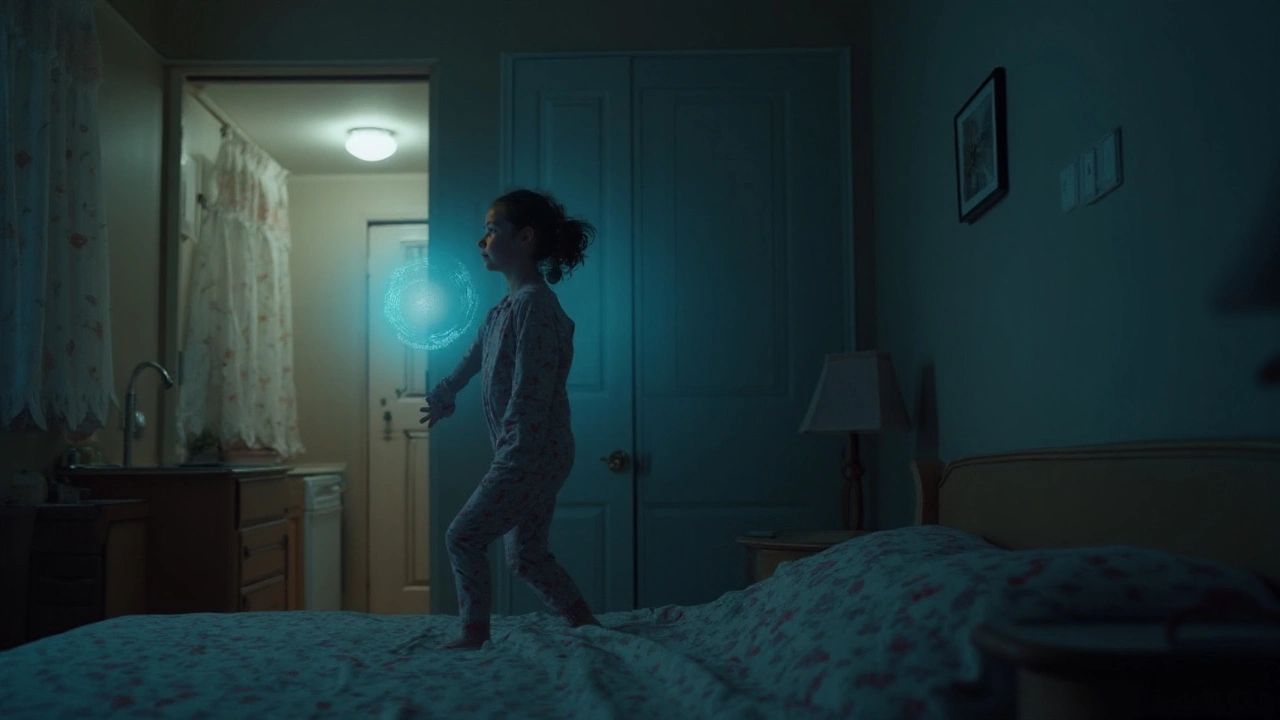Parasomnias
When talking about parasomnias, unusual behaviors or experiences that happen during sleep. Also known as sleep disorders, they include a range of phenomena that can disrupt rest and affect daytime function. For example, REM behavior disorder, a condition where muscle paralysis fails during REM sleep, leading to acting out dreams and night terrors, sudden, intense episodes of fear and screaming that usually occur in deep sleep. Another well‑known type is sleep paralysis, a temporary inability to move or speak while falling asleep or waking up. These entities are interrelated: parasomnias encompass sleep disorders, they often share triggers like stress, medication side effects, or irregular sleep schedules, and managing one can improve the others.
Common Parasomnia Types
Understanding each type helps you spot the warning signs early. REM behavior disorder typically shows up in older adults and can signal neurodegenerative diseases; it requires a doctor’s evaluation and sometimes medication such as clonazepam. night terrors are most common in children but can persist into adulthood, often linked to anxiety or fever. sleep paralysis usually lasts seconds to minutes, and while frightening, it’s harmless; regular sleep patterns and stress reduction lower its frequency. Other less frequent parasomnias include sleepwalking, sleep talking, and lucid dreaming disturbances. Each condition reflects a disruption in the brain's ability to transition smoothly between sleep stages, and many share risk factors like caffeine, alcohol, shift work, or certain psychiatric medications.
Diagnosis starts with a detailed sleep history, sometimes followed by polysomnography—a night‑long sleep study that records brain waves, breathing, and muscle activity. Treatment plans are highly individualized: behavioral strategies like improving sleep hygiene, setting consistent bedtimes, and creating a safe environment can reduce episodes of sleepwalking or night terrors. Pharmacologic options, such as melatonin for circadian rhythm issues or low‑dose antidepressants for REM behavior disorder, are added when lifestyle changes aren’t enough. Cognitive‑behavioral therapy (CBT) can address underlying anxiety that fuels night terrors or sleep paralysis. By recognizing the links between parasomnias, stress, and medication side effects, you can take proactive steps to restore restful sleep. Below you’ll find a curated collection of articles that dive deeper into each condition, share practical tips, and explore the latest research—so you can choose the right approach for your situation.
How REM Sleep Influences Sleepwalking and Sleep Talking
Explore how Rapid Eye Movement (REM) sleep affects sleepwalking and sleep talking, the science behind these parasomnias, and practical ways to manage them.
© 2025. All rights reserved.

